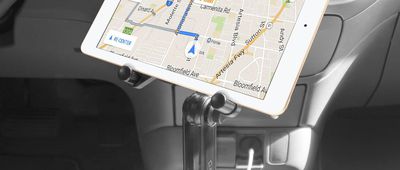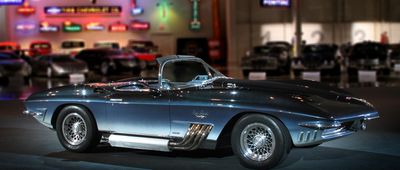Game-Changing Japanese Cars
Quick: What's the top-selling automaker in the U.S.? If you answered General Motors, you're right for 2022, but in 2021 Toyota stole GM's crown, selling 2.3 million vehicles compared with GM's 2.2 million. Still, Toyota took the top slot worldwide in 2022. selling 10.5 million vehicles worldwide.
The first Japanese cars arrived in the U.S. in 1957 when Toyota shipped two of its Crown sedans to California. But it would be more than a decade before U.S. drivers, especially younger ones, began to take notice. By the time baby boomers were having babies of their own in the '80s and '90s, Japanese car companies were going head to head with Detroit's Big Three. How did they do it? By building game-changing cars such as these.





























